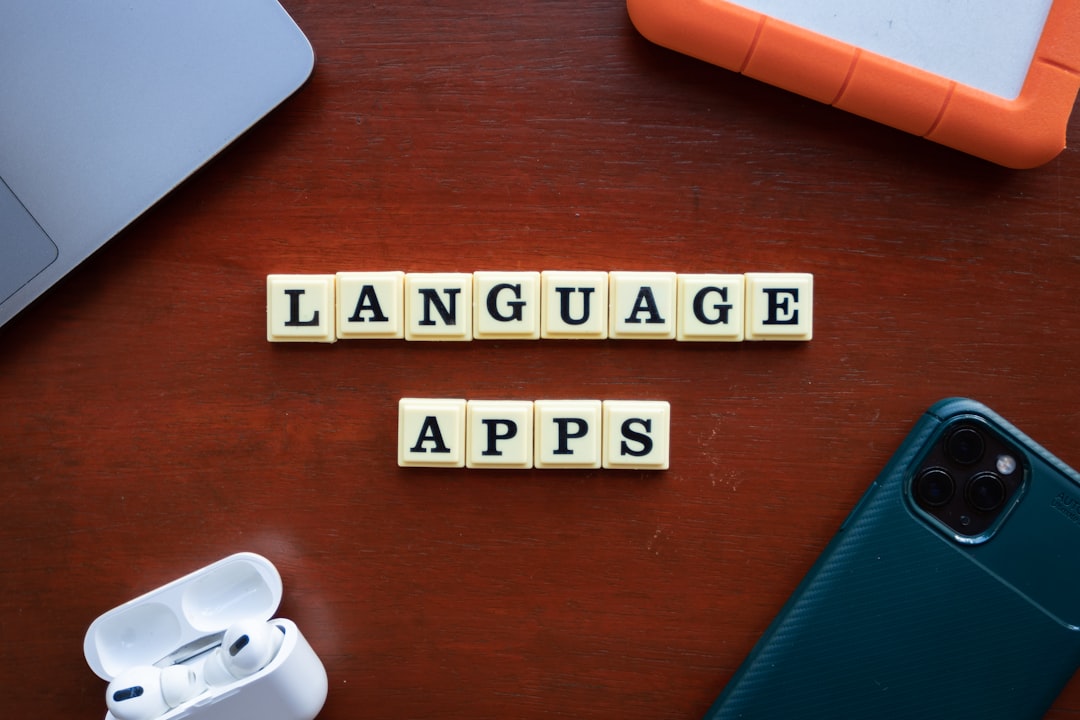In the evolving world of language learning, two apps have stood out among the crowd for their innovative approaches and devoted user bases: Duolingo and Drops. Whether you’re brushing up on Spanish for an upcoming trip or diving into Japanese for the first time, choosing the right tool can mean the difference between frustrating guesswork and productive fun. But which app truly deserves a spot on your phone? Let’s explore and compare Duolingo and Drops, diving into their design, learning approach, content, and overall effectiveness to help you make an informed decision.
Overview of Each App
Duolingo
Duolingo has become a household name in language learning. Since its launch in 2011, it has gained over 500 million users worldwide. Known for its cute mascot Duo the owl and game-like structure, Duolingo offers a wide range of languages and a format that feels more like playing than studying.
Drops
Drops, developed by Kahoot!, takes a different approach. It focuses on short, visually engaging lessons that aim to build vocabulary quickly. With vivid illustrations and minimal text, it’s designed to make language learning feel effortless and almost like a meditation session.

Core Learning Approach
Duolingo’s Immersion Style
Duolingo uses a technique called “gamified learning.” You complete small, digestible lessons that involve translating, listening, and speaking exercises. The app adapts to your level, and you earn XP points, maintain streaks, and use hearts (lives) to keep yourself motivated.
- Strengths: Interactive and varied exercises, grammar instruction, consistent feedback, speaking practice.
- Weaknesses: Gradual pace, less emphasis on cultural context, occasional robotic phrases.
Drops’ Visual Vocabulary Builder
Drops focuses almost exclusively on learning vocabulary through images and timed repetition. Lessons are limited to five minutes (unless you upgrade), creating a habit-forming daily routine. The app uses icons for words, swipe-based interaction, and no grammar instruction.
- Strengths: Great for visual learners, beautiful UI, snappy and fast-paced lessons.
- Weaknesses: No grammar or sentence structure, limited context, pronunciation varies.
User Interface and Experience
Both apps take different paths when it comes to design, but each has its own merits.
Duolingo
- Colorful and cartoonish design with celebrations when you get answers right.
- Leaderboard feature to compete with others for motivation.
- More text-heavy interface with icons and characters to assist learning.
Drops
- Minimalist and sleek interface with elegant visuals for each word.
- Entirely image-based instruction for a more immersive experience.
- Encourages short, focused bursts of learning rather than long sessions.

Available Languages
When it comes to language selection, the two apps cater to different crowds.
Duolingo: ~40 languages
Includes mainstream options like Spanish, French, and German, as well as fun or rare picks like Klingon, High Valyrian, and Navajo. They are constantly developing new language courses and updating existing ones.
Drops: 45+ languages
Drops specializes in vocabulary rather than full language acquisition, and it offers some incredibly niche options, such as Samoan, Ainu, and Igbo. This makes it a treasure trove for polyglots or cultural enthusiasts.
Pricing and Premium Features
Duolingo
- Free Version: Fully functional but includes ads and has some limitations on mistakes (hearts).
- Duolingo Plus: Removes ads, offers unlimited hearts, and gives access to offline lessons for around $12.99/month.
Drops
- Free Version: 5-minute sessions limit per day; effective for casual learners who like quick learning bursts.
- Premium Plan: Offers unlimited access, additional content, and offline play, starting at approximately $9.99/month.
Effectiveness for Different Learners
Best For Beginners
Duolingo wins here. The app introduces the basics, including grammar, common sentences, and cultural tips while gently increasing difficulty. It also has speech recognition features to practice speaking skills, which is great for total beginners.
Best For Visual Students
If you associate ideas with images better than text, Drops is ideal. Its clean visuals and quick engagement are great for creating strong vocabulary associations and helping you remember words fast.
Best for Casual Learners
Drops excels if you only have a few minutes a day and want something light and enjoyable. Its non-committal nature makes it easier to maintain over long periods without feeling like a chore.
Best for Progress Tracking
Duolingo offers a far more detailed progress tracking system with levels, crowns, achievements, and weekly leagues. This can be highly motivating for competitive learners or those who thrive on incremental goals.
Offline Capability
Both apps offer offline access in their paid versions. However, Duolingo has broader functionality when offline, allowing not just vocabulary but complete lessons with listening and speaking practice. Drops has more restrictive features but still lets you do vocabulary practice without Wi-Fi.
Community and Support
Duolingo
Duolingo’s community is vast and passionate. Its forums are active, many users share tips and techniques on Reddit and other platforms, and the app now includes social leaderboards and friend challenges to encourage continued learning through peer support.
Drops
Drops has a smaller but dedicated user base. It doesn’t offer as much in terms of external community features, but customer support is responsive and the interface promotes independent, focused learning.
Final Verdict: Which Should You Choose?
The answer to whether Duolingo or Drops is better largely depends on your goals and learning preferences.
- Choose Duolingo if: You want a comprehensive, structured learning experience that includes grammar, listening, and speaking. It’s well-suited for beginners and people who like game-style progression.
- Choose Drops if: Your primary goal is to build vocabulary rapidly through visual methods and short sessions. Perfect for casual learners or those supplementing other language resources.
Ideally, many learners may find success in combining the two. Begin with Duolingo to grasp the structural and grammatical elements of a language, then use Drops to reinforce vocabulary in a fun, relaxing way.

Conclusion
Language learning has never been more accessible, and both Duolingo and Drops are excellent tools with their own unique strengths. By understanding what each app offers, and aligning it with your learning goals, you’ll set yourself up for a language journey that is not only efficient but enjoyable. Whether you’re aiming for fluency or just a few handy phrases for your next adventure, there’s a language app out there ready to help—and odds are, it’s one of these two.
